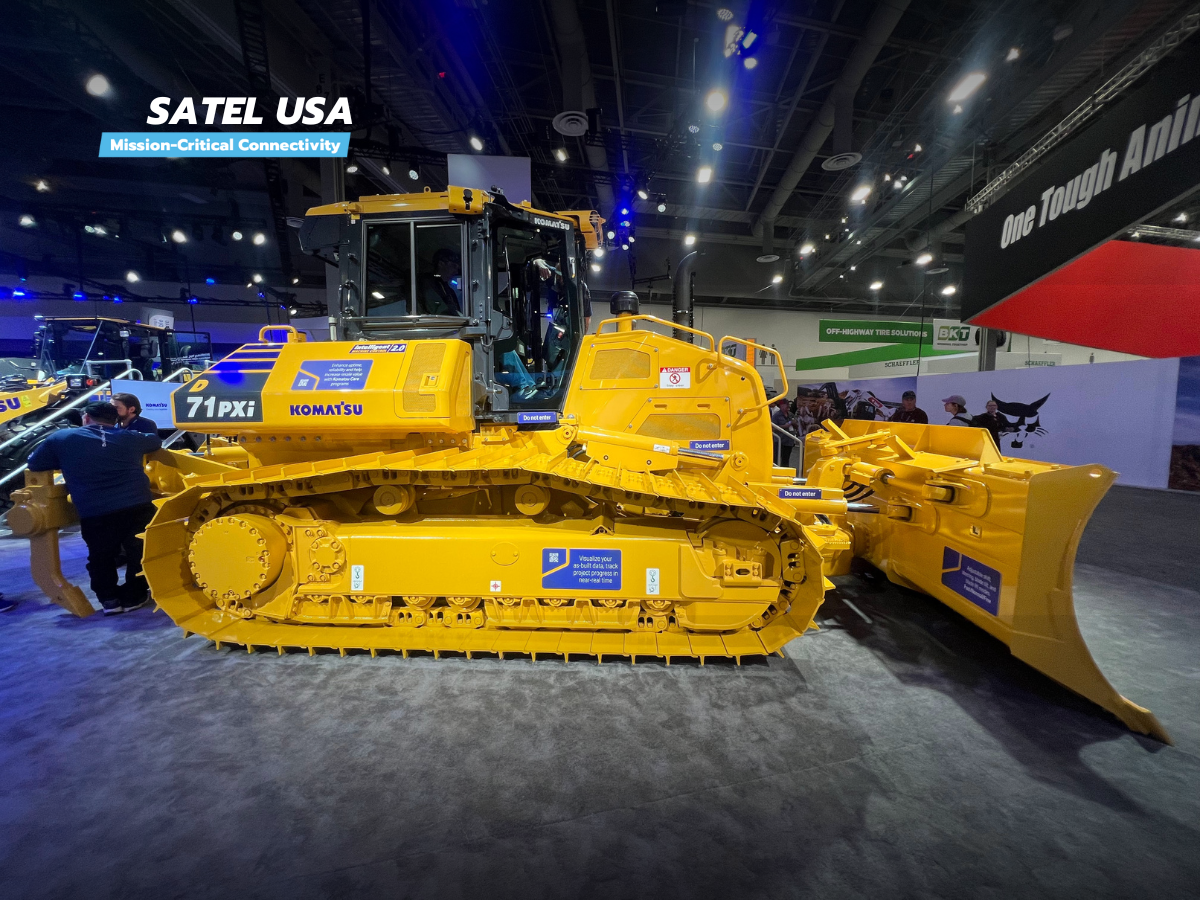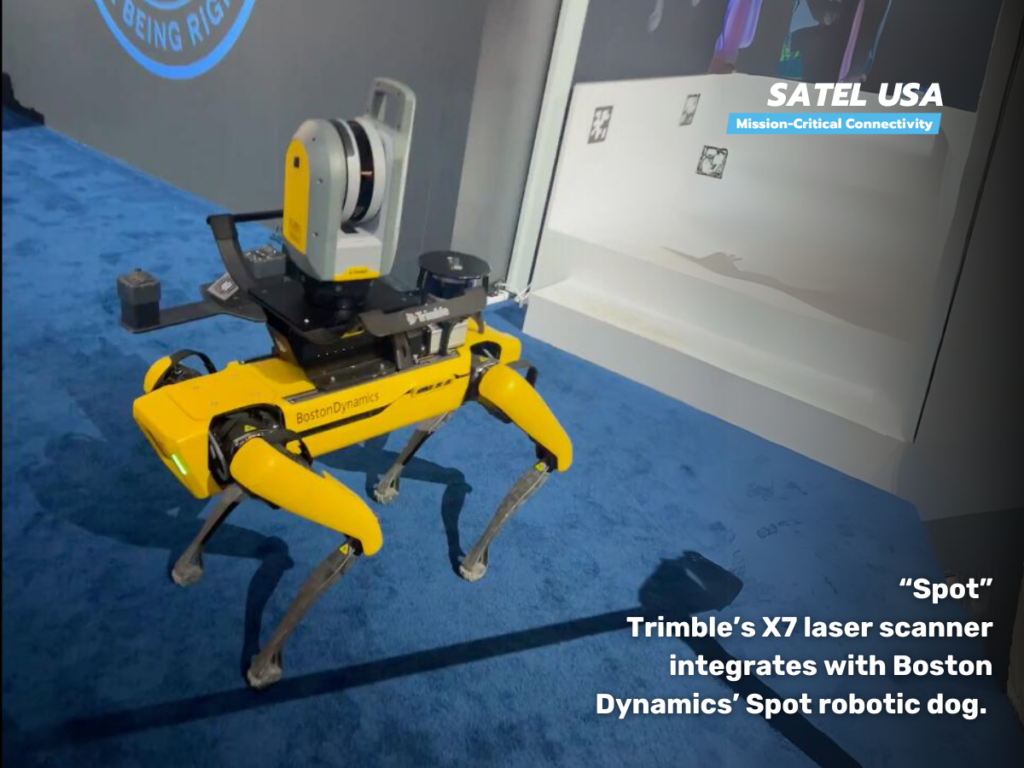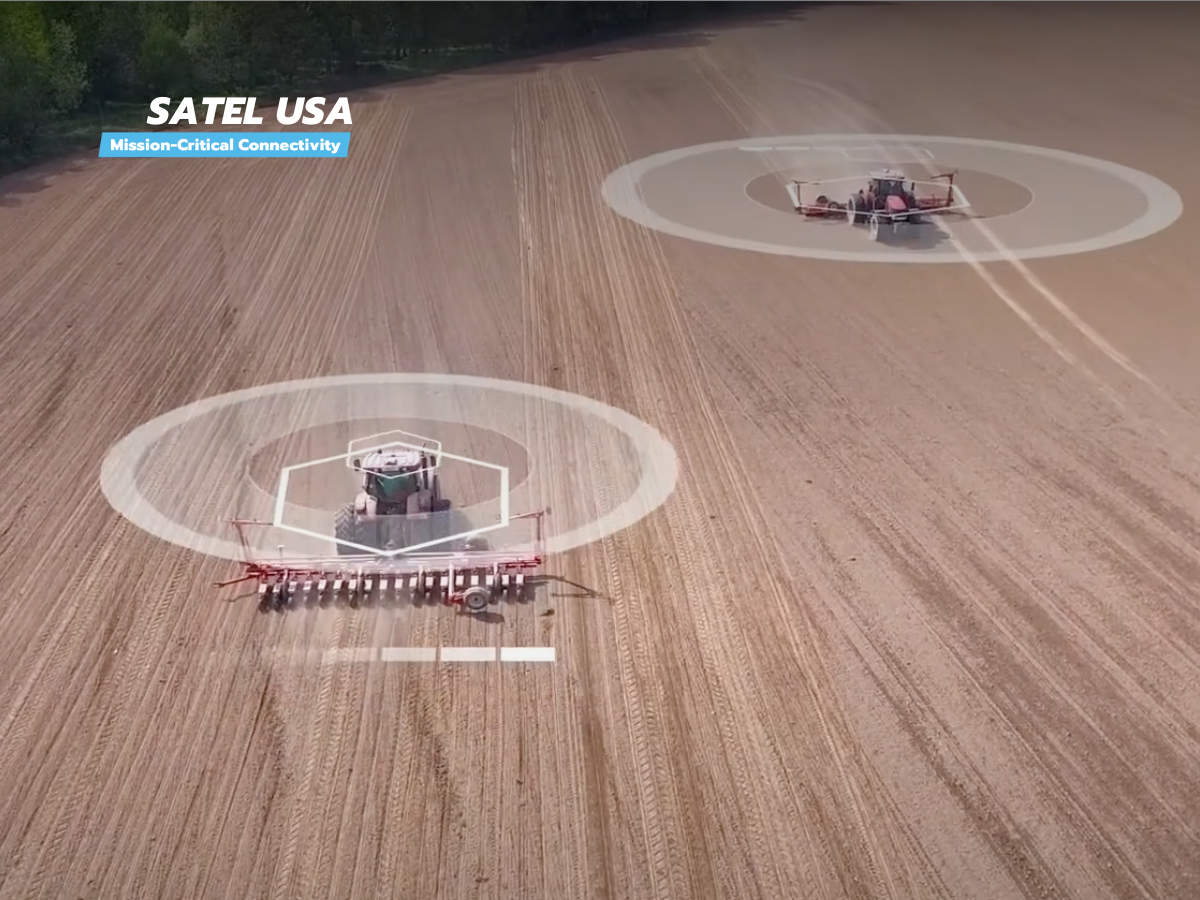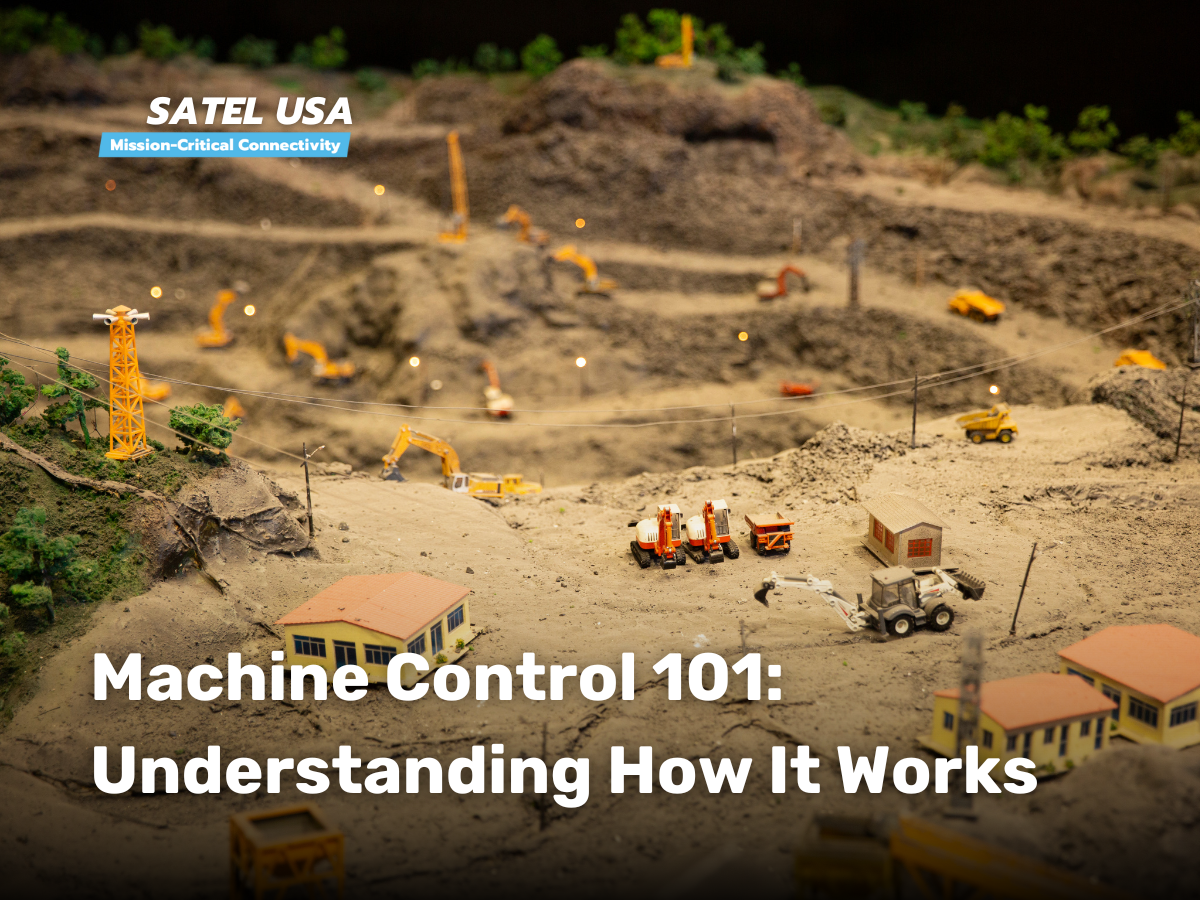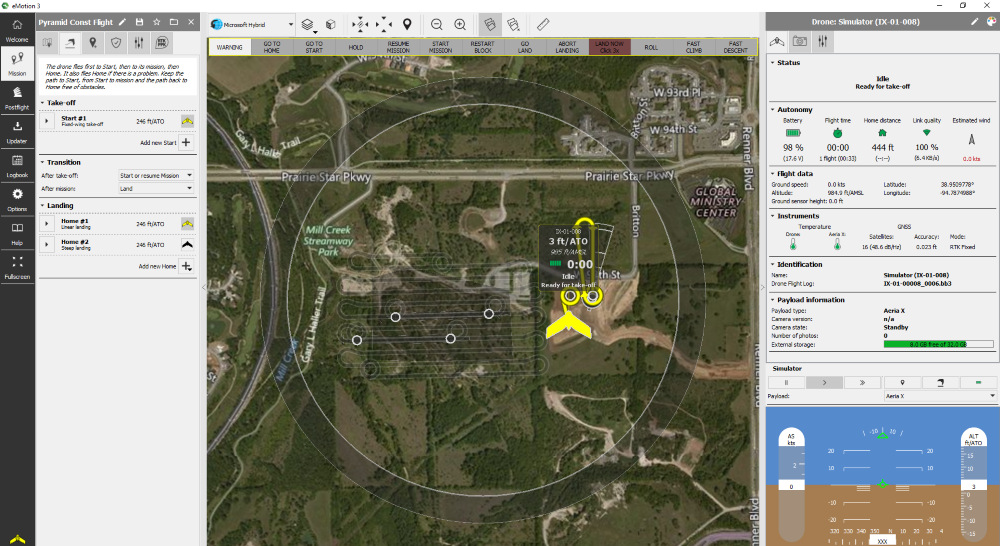
The global machine control system market is on the rise, projected to grow from $5.1 billion in 2023 to $7.3 billion by 2028, marking a compound annual growth rate (CAGR) of 7.4%, according to a recent MarketsandMarkets report. This surge is fueled by the construction industry’s focus on safety and efficiency. Two notable segments fueling this growth are the GNSS technology and the use of excavators.
Dive into our comprehensive breakdown where we unravel the key elements driving this market growth. Discover how GNSS technology and excavators are revolutionizing the construction landscape, and what this means for the future of machine control systems.
Market Growth Drivers:
Enhanced Safety Measures: At the core of the market’s expansion is the demand for increased safety. Machine control systems minimize the risk of accidents by giving operators real-time feedback on the proximity of workers and potential hazards, crucial for heavy construction environments.
Technological Advancements: The integration of high-tech components like GNSS receivers and sensors provides unprecedented precision in machine operation, essential for tasks that demand exact positioning.
Market Restraints:
Costly Initial Investments: Despite their benefits, the incorporation of sophisticated machine control systems is hindered by the hefty initial costs. The R&D expenses, coupled with the need for specialized software and hardware components, add to the financial burden, potentially slowing market penetration.
Market Opportunities:
3D Modeling Wave: The construction sector’s burgeoning interest in 3D modeling and scanning technologies presents vast opportunities. These technologies enable precise project planning and monitoring, facilitating a smoother workflow from conception to execution.
Market Challenges:
Maintaining Data Integrity: The reliance on GNSS technology for machine control systems introduces the challenge of ensuring data accuracy. Environmental factors such as atmospheric conditions or urban structures can disrupt signal quality, leading to inaccuracies that can impact operational efficiency.
GNSS Technology: A Cornerstone for Growth
- High CAGR Expected: GNSS technology stands out as the segment expected to grow at the highest CAGR within the machine control system market. Its precision positioning capabilities are vital for industries where precise location data is paramount.
- Versatility Across Industries: The utility of GNSS in construction, agriculture, and mining for tasks such as grading and excavation makes it indispensable. This global coverage ensures that machine control systems can be effective in any geographical setting.
- Accuracy Challenges: Despite its advantages, GNSS-based machine control systems must contend with accuracy issues due to potential environmental signal interferences. This includes atmospheric conditions and obstructions in urban or densely foliaged areas.
Excavators: Cementing the Largest Market Share
- Widespread Industry Use: Excavators are projected to claim the largest share of the market due to their extensive use across various industries, including construction and mining.
- Enhanced Precision and Efficiency: Machine control systems augment the capabilities of excavators by offering real-time positioning and automated guidance. This not only boosts precision but also operational efficiency, leading to better resource management and reduced error margins.
- Market Share Factors: The versatility and application breadth of excavators have made them a staple in the machine control system market, and this trend is expected to continue through the forecast period.
Regional Insights: Asia Pacific’s Promising Outlook
- Fastest Growing Market: The Asia Pacific region is anticipated to experience the highest growth rate. Economic growth, urbanization, and substantial investments in infrastructure development in countries like China and India is driving this trend and are propelling the demand for machine control systems.
Key Market Players:
Leading Innovators: The market is competitive, with players like Topcon, Trimble Inc., and Hexagon leading the charge. Their strategies include new product developments, collaborations, and partnerships to solidify their market position and drive innovation forward.
Conclusion
The machine control system market is poised for substantial growth, shaped by technological advancements and a strong emphasis on safety and efficiency. GNSS and excavators stand as pivotal elements in this growth story. However, the industry must navigate the challenges of high initial costs and the need for reliable data to fully realize its potential.
As the machine control system market continues to evolve, the role of reliable communication becomes increasingly critical. At Satel USA, we specialize in providing robust Satel radios that are integral to the infrastructure of effective machine control systems. Known globally for their long range, superior transceivers, and unparalleled reliability, our radios ensure that your machine control solutions remain effective over vast distances and through challenging terrains.
While we may not offer full machine control systems, our expertise in reliable communication technology makes us a vital partner in the machine control ecosystem.
We invite you to explore how our Satel radios can enhance the efficiency and dependability of your operations. Visit our Machine Control page for a closer look at how we’re driving the future of machine control communication, ensuring your projects are built on solid ground.

